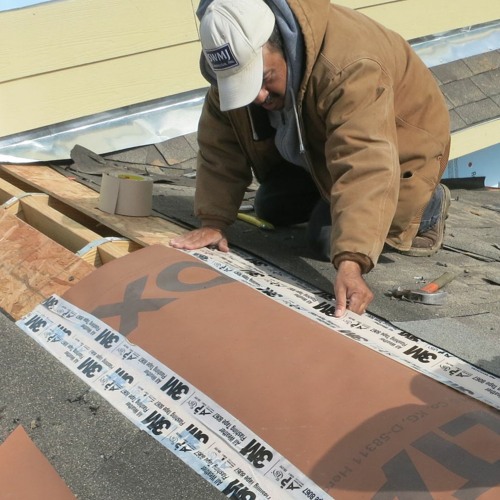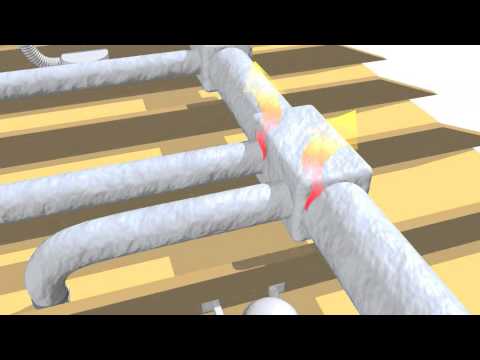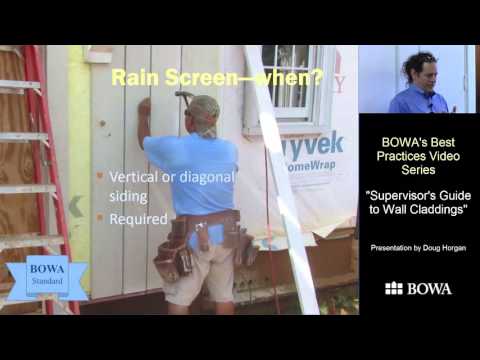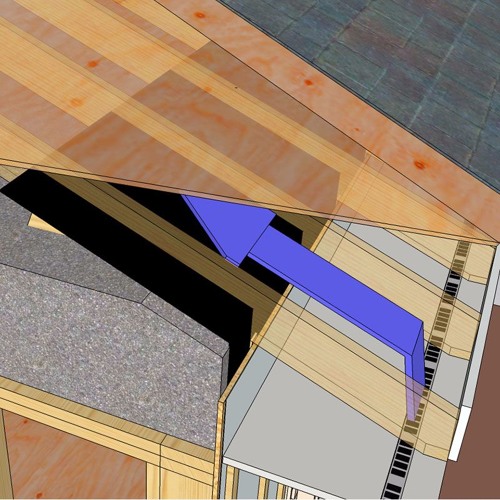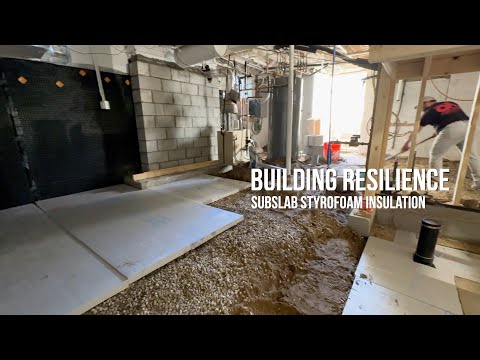Yana Valachovic U of California explains how homes burn from wildfire, and how to protect the house. Mainly, it comes down to vegetation, landscaping, and other fuels near the home, and the zones of defensible space radiate outward. She also goes over design that makes homes vulnerable.
Houses can be the most combustible part of the landscape
Reducing wildfire risk involves more than just a defensible space strategy because burning embers can travel far. Embers can come from forest vegetation and then from burning homes.
- Fuel + Oxygen + Heat = Fire
- Fuel + Weather + Topography = Fire Behavior
We cannot change the weather or the topography, but we can change the fuel arrangement.
Three types of exposure to wildfire
- Ember/firebrand can ignite small items that create flame contact.
- Radiant heat can cause combustion.
- Flame contact can come from large flames or smaller flames.
Zones of defense
- Zone 1: 0-5 feet — Noncombustible zone -- Keep this zone free of combustibles, including vegetation, brooms, yard toys, and building materials
- Zone 2: 5-30 feet — “Lean and Green” zone — this zone should be relatively free of large fire fuel.
- Zone 3: 30-100 feet — Reduced fuel zone — clean up fuel from around the home to reduce the source of potential embers.
Zone 1 is where you have the most control
Look outside your front door at what is there. The goal is to reduce direct flame impact and ember exposure. Defensible space must be on all sides of the house, not just the backyard.
There is no such thing as a fire-resistant plant, despite the marketing claims. Fire-safe landscaping requires maintenance (pruning, irrigation, clean up). Low-growing, open-structured, high moisture-content plants are best, but all plants can burn under the right conditions.
Mulch retains moisture for plants but will burn, too. Bark mulch burns less than pine needle mulch. Rocks burn less than bark mulch.
Home design can reduce fire danger
The roof is the number 1 priority. There are typically many built-in vulnerabilities, including roof covering, venting strategies, and skylights.
- Roof edges should not have air channels, such as may be found under tile roofs or along cement tile overlaps.
- Litter accumulation in gutters, along dormer edges, skylights, and other places where debris builds up. And, as long as we're mentioning gutters, let's just point t out that plastic gutters melt.
- Skylights are weak spots with lower fire ratings than roof assemblies.
- Soffit and ridge vents can allow embers into the attic. Consider what you store in the attic.
- Baffles, smaller grids, intumescent coatings can improve fire vulnerability.
- Ridge vents are vulnerable to debris accumulation.
Intumescent (Adj)
in·tu·mes·cent | int(y)o͞oˈmes(ə)nt/
(of a coating or sealant) swelling up when heated, thus protecting the material underneath or sealing a gap in the event of a fire.
Roofs are not the only threat, just the major one. For walls, consider the wall cladding to be part of the non-combustible zone” from the ground up at least six inches should be noncombustible. This includes wooden planters and window boxes.
Hoarding is bad
- Don’t pile combustible things around the house.
- Brooms leaning against the wall are combustible.
- Firewood stored under a deck is combustible.
- Gaps under garage doors or between cladding and slab can suck embers in.
- Fences are vulnerable. If it is anchored to the building, it will wick fire to the home. A metal gate can separate the wood fence from the house.
In dense communities, neighbors are in your defensible space, so communities need to work together to prevent any houses from catching fire.
Recommendations:
- Remove stored fuels and debris from on and around the house, including from the gutters.
- Roofs: Install and maintain a Class A-rated roof covering. Install metal drip edge and address other edge-of-roof vulnerabilities.
- Roof and foundation vents: upgrade to flame-resistant and ember-resistant versions.
- Non-combustible zone: Everything up to five feet from the house, including under the entire footprint of the deck and 6 inches upward from the ground to the bottom of the siding.
- Redwood or cedar deck: For ember resistance, use foil-faced bitumen tape over top of deck joists, keep a 1/4 inch gap between deck boards and space joists 124 inches apart.
- Home design, maintenance, and construction: is more important than an individual fire-resistant product. Poor installation and maintenance can boost vulnerability.
More info on wildfire:
California State Fire Marshal's Wildland Hazards & Building Codes
